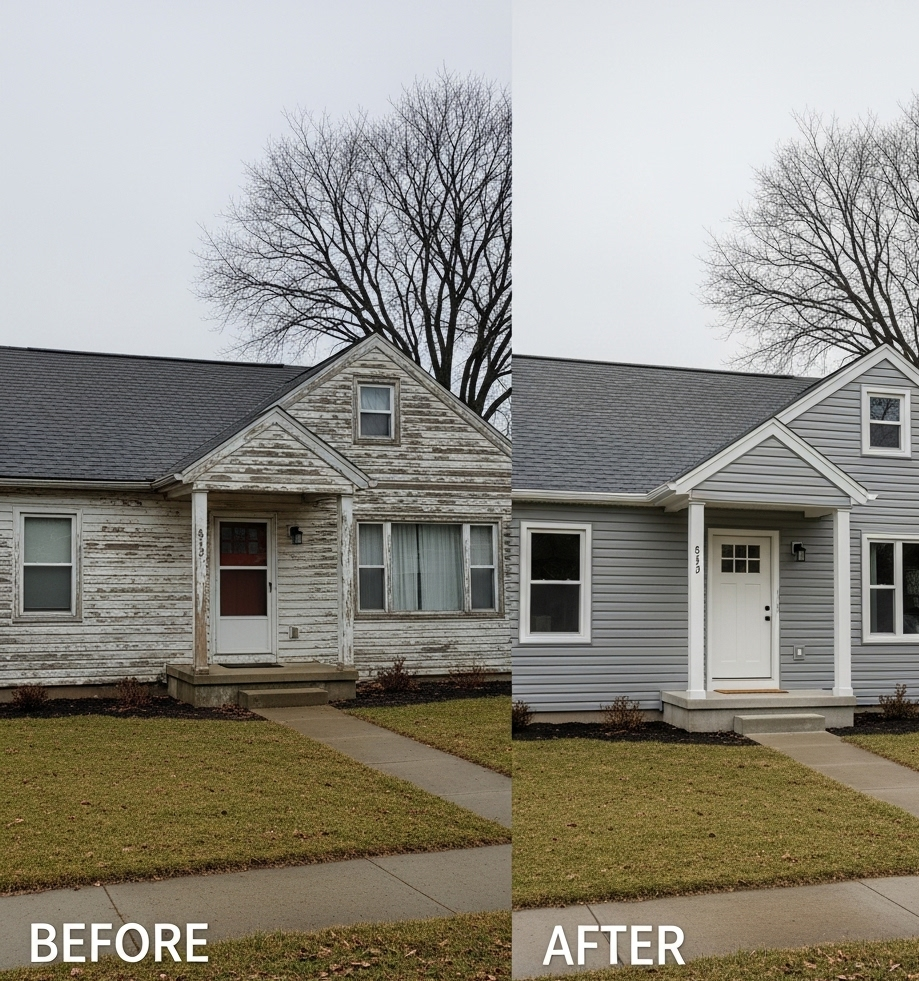
Chicago summers are short—but they’re the perfect window for home improvement. With dry weather, long daylight hours, and fewer weather-related delays, summer is the ideal time to upgrade one of your home’s most important features: the siding.

Siding is more than just a visual upgrade. It protects your home from Chicago’s harsh winters, insulates against extreme temperatures, and shields your interior from moisture damage. After enduring snow, wind, and spring rain, your home’s exterior may be showing signs of wear—cracks, warping, discoloration, or even mold. Summer offers the perfect conditions for assessing the damage and replacing or repairing your siding before the next cold season sets in.
If your home hasn’t had a siding upgrade in 15–20 years, it might be time to invest in modern, durable materials. Today’s siding options are more energy-efficient, low-maintenance, and attractive than ever before. Vinyl siding, fiber cement, and engineered wood are all popular choices that offer long-term performance while enhancing the appearance of any Chicago home—whether it’s a historic bungalow or a modern two-flat.
In addition to protecting your home, new siding can dramatically boost curb appeal and property value—a smart move if you’re planning to sell in the near future. Even if you’re staying put, new siding gives your home a fresh, polished look that makes coming home feel even better.
Summer installations also tend to go faster. Roofing and siding contractors in Chicago, IL often prefer summer projects because dry weather allows for cleaner finishes and better adhesion, especially when painting or sealing is involved. It’s the most efficient time to get the job done right.
So if you’ve been putting off that siding project, don’t wait for another season to pass. Take advantage of Chicago’s summer weather and invest in siding that protects, insulates, and transforms your home for years to come.